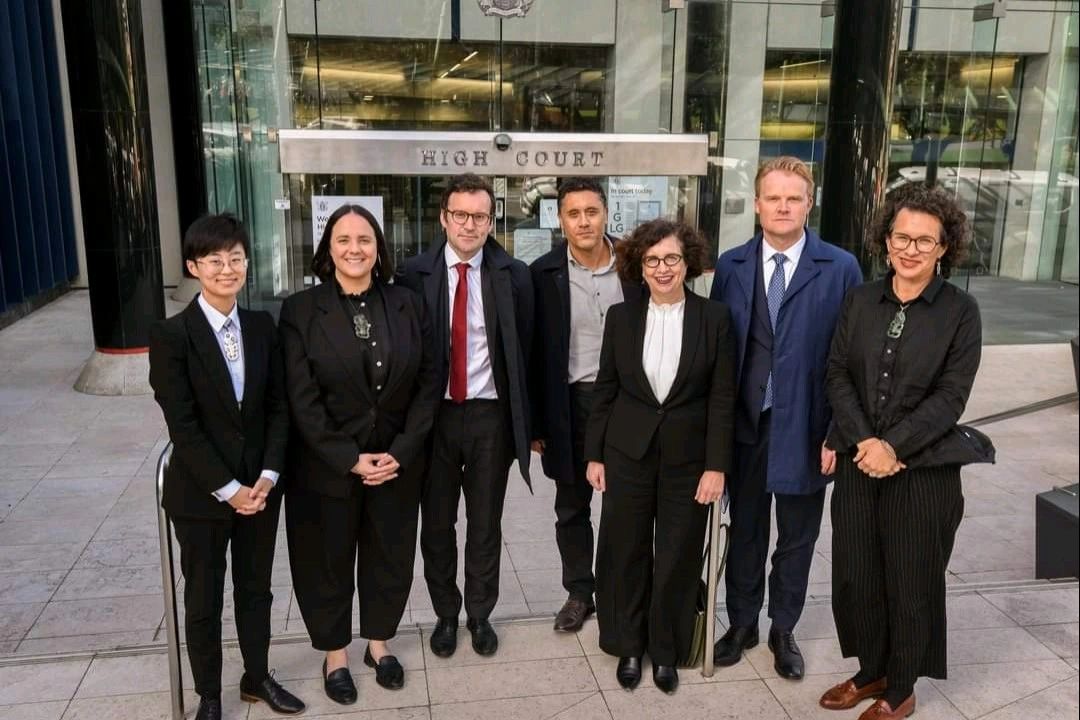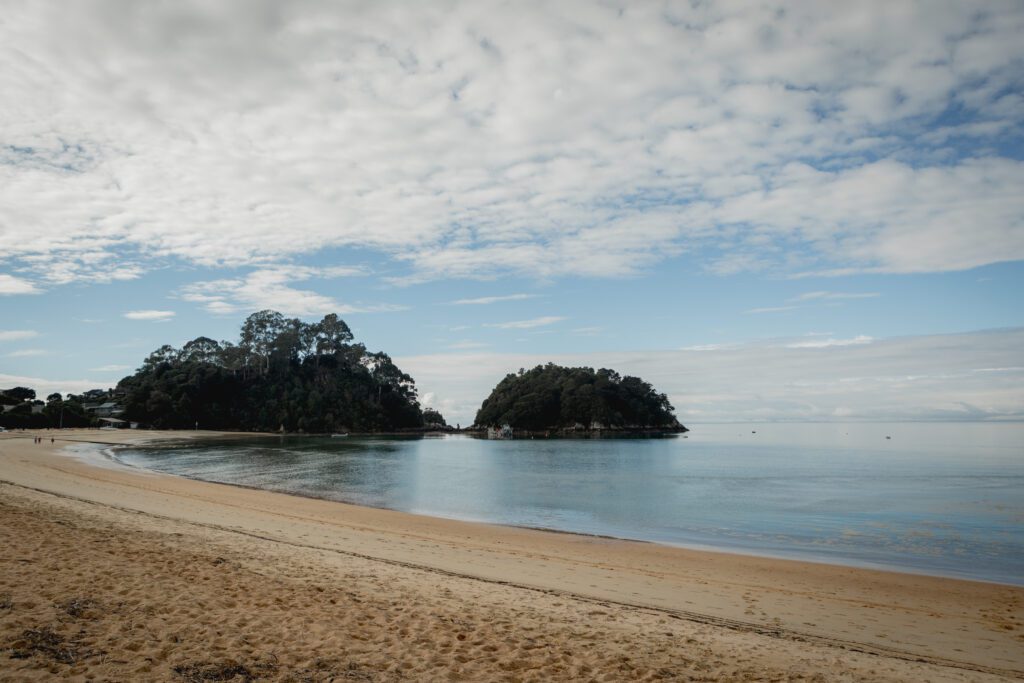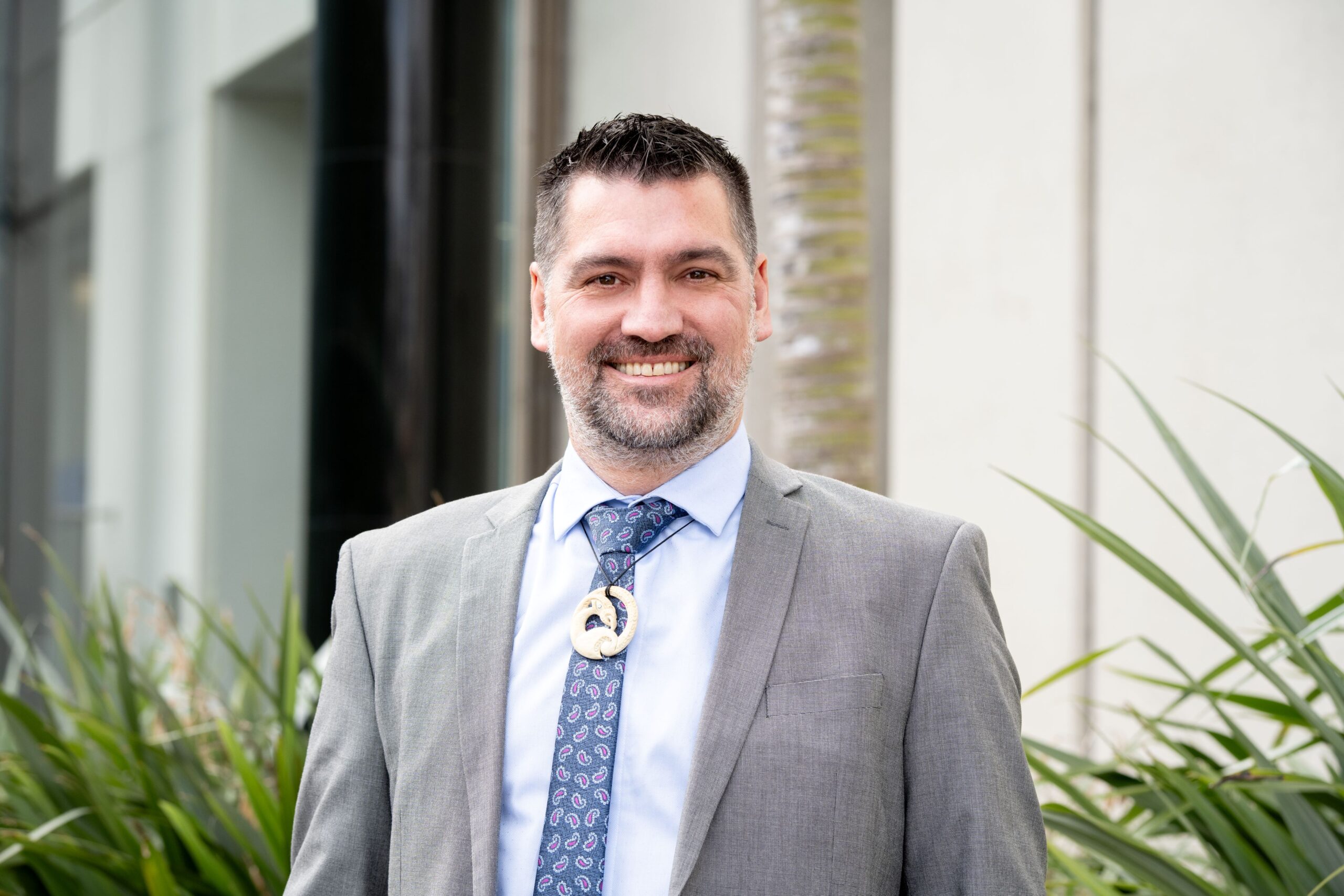UN human rights expert to visit Nelson to learn about Nelson Tenths
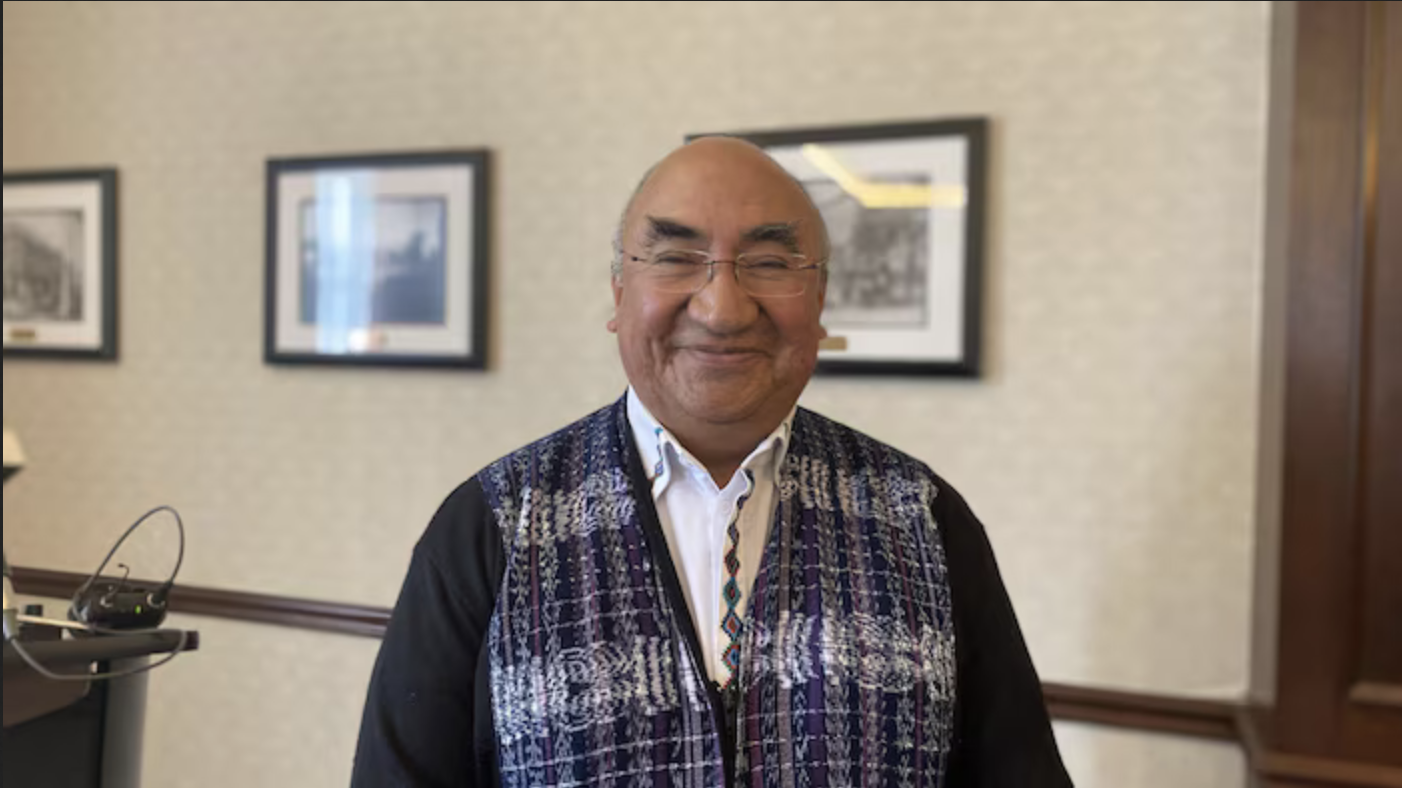 We look forward to welcoming UN human rights expert Francisco Calí Tzay to our rohe next month to learn about the Nelson Tenths and the Crown’s breach of its fiduciary duty to the customary Māori owners.
We look forward to welcoming UN human rights expert Francisco Calí Tzay to our rohe next month to learn about the Nelson Tenths and the Crown’s breach of its fiduciary duty to the customary Māori owners.
Mr Calí Tzay is the United Nations special rapporteur on the rights of indigenous peoples. His visit to New Zealand has been organised by Te Kāhui Tika Tangata Human Rights Commission to shine a light on New Zealand’s indigenous rights record.
His visit to Nelson forms part of our work to show that the Crown’s historic and ongoing actions with regards the Nelson Tenths Reserves constitute a breach of human rights.
These violations can be considered primarily under the UN Declaration on the Rights of Indigenous Peoples, and specifically as breaches of:
- The right to land, territories and resources
- The right to redress
- The right to take part in cultural life
- The right to self determination
Mr Calí Tzay will visit the sites of two long-running legal cases against the Crown, including Nelson to meet with representatives of the customary Māori owners of the Nelson Tenths Reserves, and Wairarapa Moana.
In both cases, iwi or hapū have won High Court or Supreme Court cases against the Crown, but instead of accepting the legal decision and working towards a resolution, the Crown is either baulking at the provision of redress or has created legislation to override the court ruling.
Mr Calí Tzay’s visit is an academic visit, coming at the request of Māori and local groups – ourselves, Wairarapa Moana Incorporation, the National Iwi Chairs Forum and Te Kāhui Tika Tangata Human Rights Commission.
The visit comes as New Zealand’s human rights record will be scrutinised before the United Nations Human Rights Council in Geneva for its 5-yearly review on 29 April.
- Read more about our work to show that the Crown’s historic and ongoing actions with regards the Nelson Tenths Reserves constitute a breach of human rights: https://tehereanuku.nz/he-kaupapa/#strategy
- Read full Te Kāhui Tika Tangata Human Rights Commission press release:
https://tikatangata.org.nz/news/new-zealands-indigenous-rights-record-to-face-global-spotlight

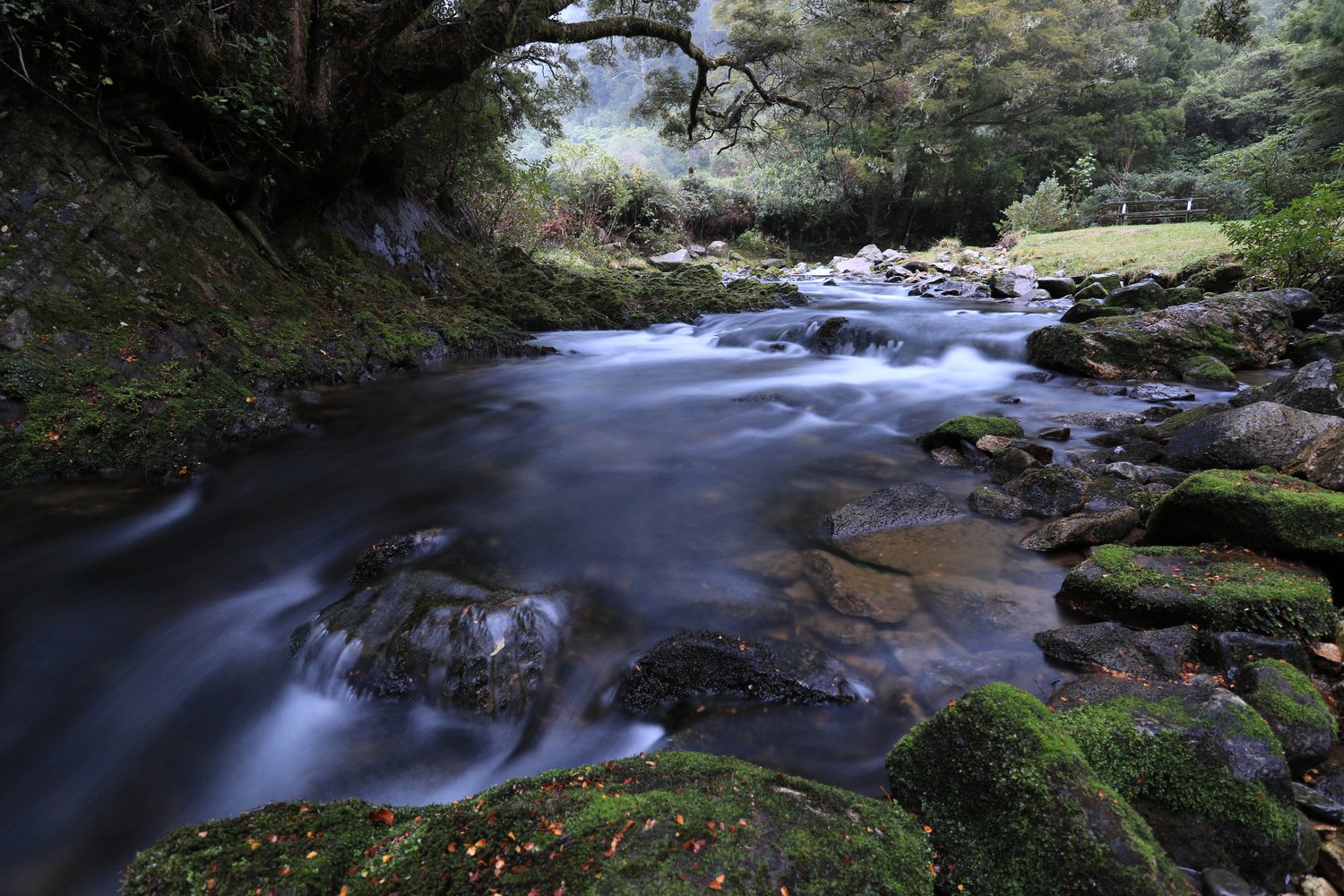
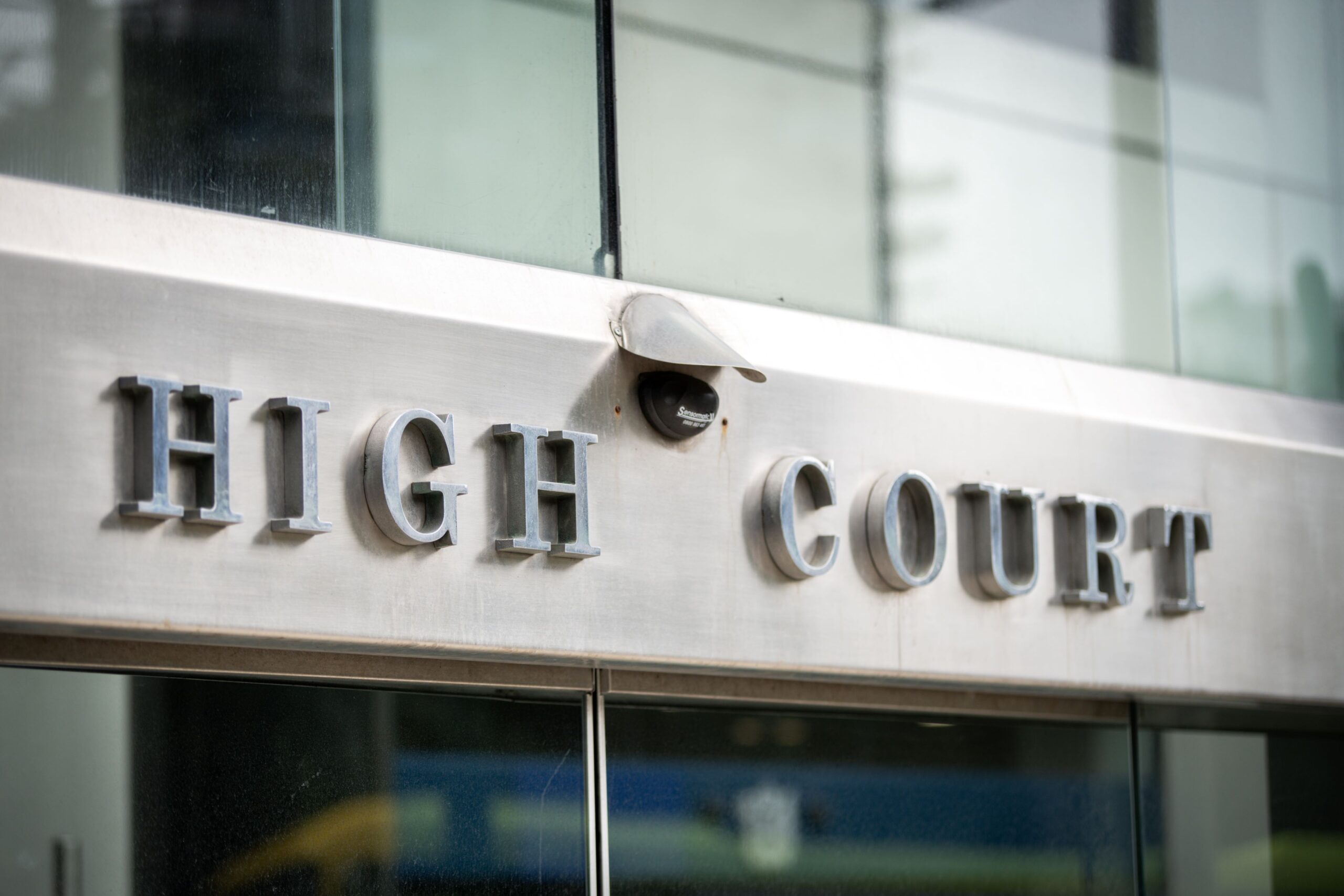


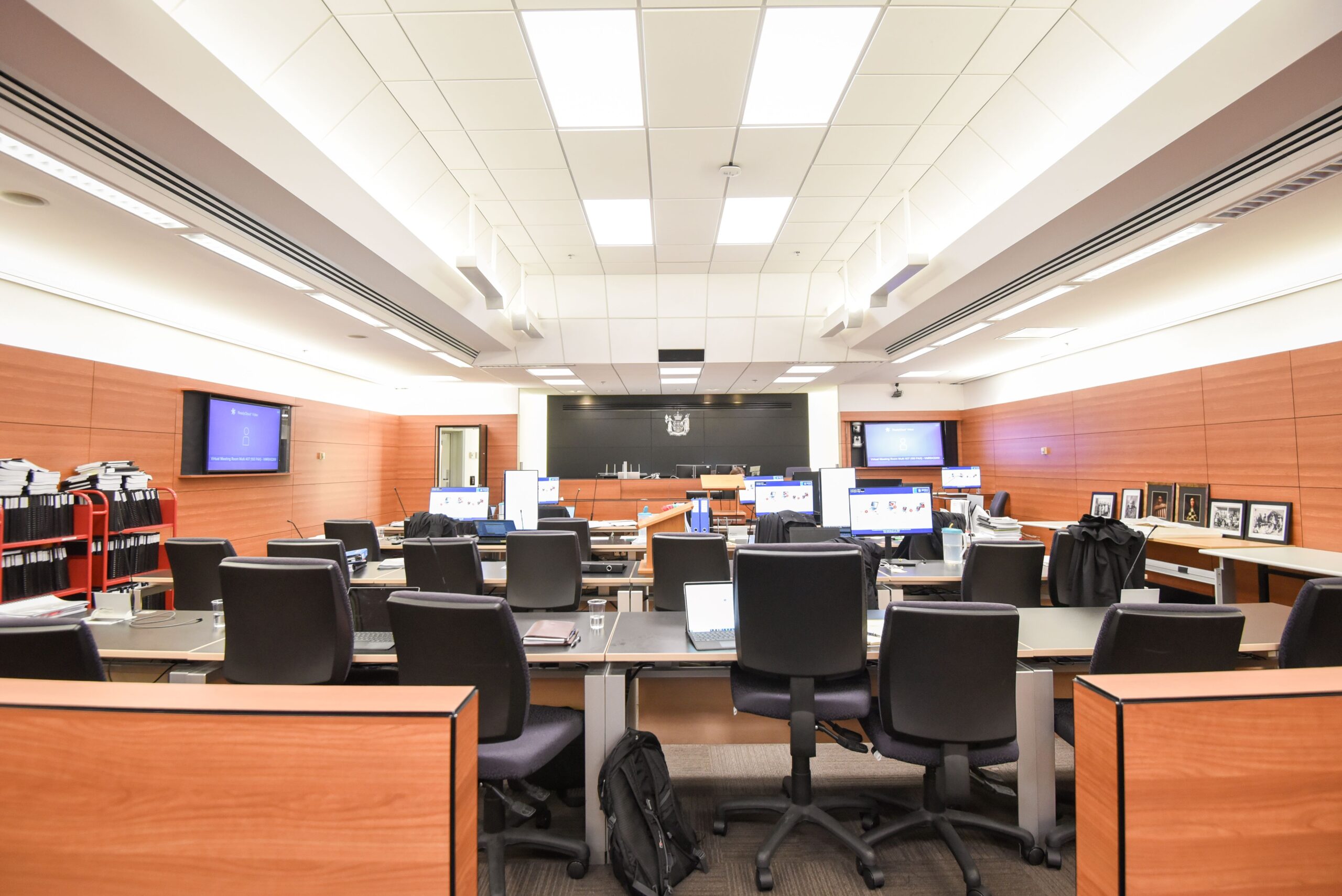
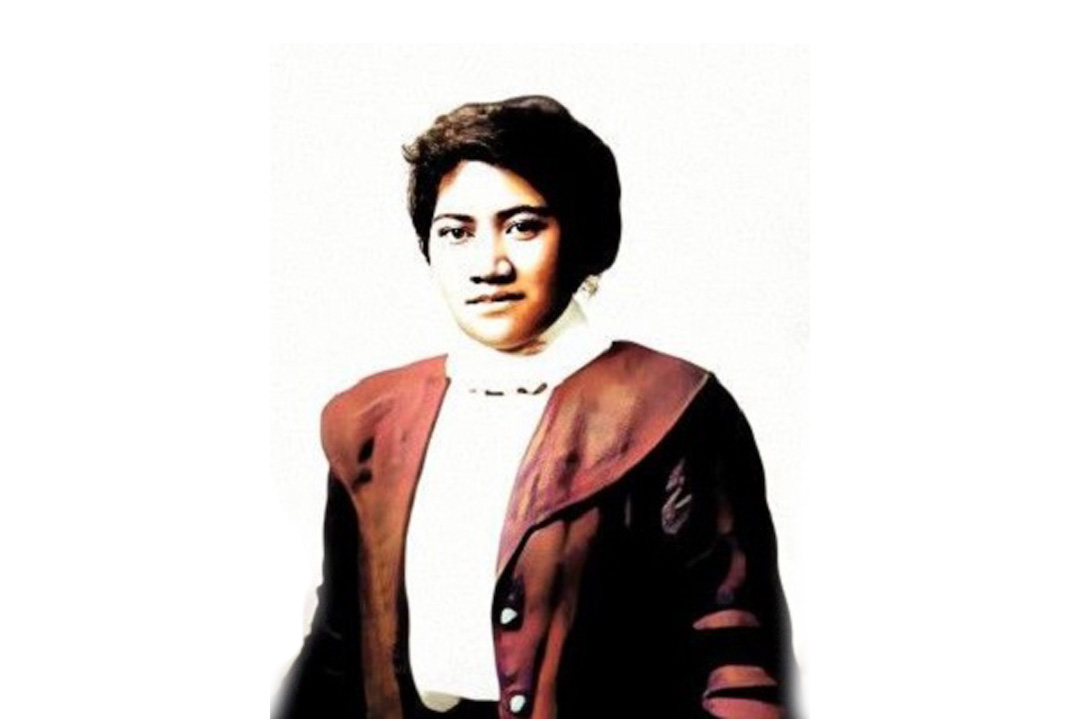
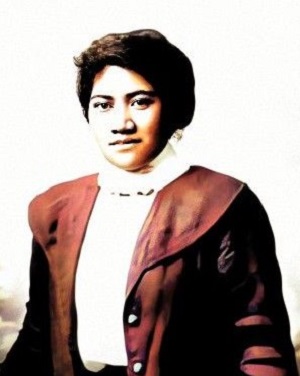
 Ramari lost her home, her livelihood and her land and was ultimately held in the asylum for three years before being released.
Ramari lost her home, her livelihood and her land and was ultimately held in the asylum for three years before being released.